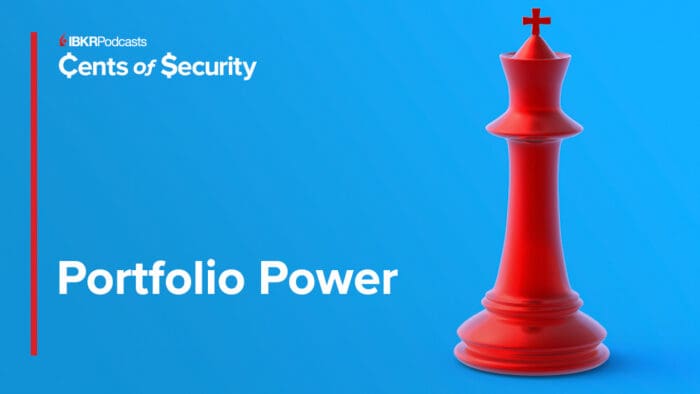Excerpt
So much was written about stock momentum since the Jegadeesh and Titman (1993) that it might have started to be confusing. Still, there seems to be a consensus among academics and practitioners that there is a stock momentum based on past twelve returns and short-term reversal based on the past month. However, there is also an industry momentum, sector momentum, peers momentum, and the newest addition is the factor momentum. These numerous anomalies raise a question – can the initial momentum be explained by industry, sector or factor momentum? Moreover, similar question could be raised about the short-term reversal.
The novel research by Li and Turkington (2021) uses a robust regression model where variables are standardized and include returns of individual securities as the dependent variable. The explanatory variables include returns over the industry, industry over industry group, industry group over the sector, sector over the market, various risk factors and even returns of statistical peers (measured by Mahalanobis distance). As a result, the authors provide an in-depth analysis of both momentum and reversal anomalies, and the approach yields compelling results. These analyses are even divided into a more prolonged sample and the most recent period of 2010-2020.
The individual momentum anomaly that broader market groups do not fully explain exists in the whole sample but is statistically weak. On the other hand, the reversal anomaly is highly significant. Secondly, the traditional 12-months momentum can be better explained by the factor momentum than the industry or sector momentum. Still, the industries, industry groups, sectors, and even factors have distinct drivers, and the anomalies seem different.
The most recent sample offers captivating results too. Firstly, it seems that the 12-month momentum in industries does not exist anymore, but the opposite holds for a 1-month reversal. The reversal in industries or sectors is even more apparent.
To sum it up, there are several takeaways for every quant investor, and we highly recommend diving deeper into the paper.
Authors: Yimou Li and David Turkington
Title: Mapping Momentum
Link: https://papers.ssrn.com/sol3/papers.cfm?abstract_id=3883504
Abstract:
Findings on momentum and reversal effects in the stock market are often disparate. Differences in methodology, calibration, data universe, and the granularity of tests have made it challenging to reconcile and unify the various documented relationships. Our goal is to attribute stock return predictability to a variety of distinct momentum (and reversal) components within a single coherent framework. We focus on S&P 500 stocks and implement consistent data transformations, nested sets of excess returns, and panel regressions to facilitate this attribution. We find that sector and factor momentum coexist, but they operate on different horizons, and sector momentum is more prone to crash during volatile markets. Collectively, sector and factor momentum explains away most of the security-specific 12-month momentum effect, with factors explaining more. Traditional 12-month momentum is much more prevalent for past “loser” stocks whereas crashes and reversals are found mostly among past “winners.” Lastly, we show that in the decade after the 2008-2009 financial crisis compared to the decade prior, sector and industry momentum disappeared at the 12-month horizon but intensified in terms of 1-month reversals.
Visit Quantpedia to read the full article: https://quantpedia.com/an-important-analysis-of-stock-momentum-and-reversal-factors/.
Past performance is not indicative of future results.
Any stock, options or futures symbols displayed are for illustrative purposes only and are not intended to portray recommendations.
Disclosure: Interactive Brokers Third Party
Information posted on IBKR Campus that is provided by third-parties does NOT constitute a recommendation that you should contract for the services of that third party. Third-party participants who contribute to IBKR Campus are independent of Interactive Brokers and Interactive Brokers does not make any representations or warranties concerning the services offered, their past or future performance, or the accuracy of the information provided by the third party. Past performance is no guarantee of future results.
This material is from Quantpedia and is being posted with its permission. The views expressed in this material are solely those of the author and/or Quantpedia and Interactive Brokers is not endorsing or recommending any investment or trading discussed in the material. This material is not and should not be construed as an offer to buy or sell any security. It should not be construed as research or investment advice or a recommendation to buy, sell or hold any security or commodity. This material does not and is not intended to take into account the particular financial conditions, investment objectives or requirements of individual customers. Before acting on this material, you should consider whether it is suitable for your particular circumstances and, as necessary, seek professional advice.















Join The Conversation
For specific platform feedback and suggestions, please submit it directly to our team using these instructions.
If you have an account-specific question or concern, please reach out to Client Services.
We encourage you to look through our FAQs before posting. Your question may already be covered!